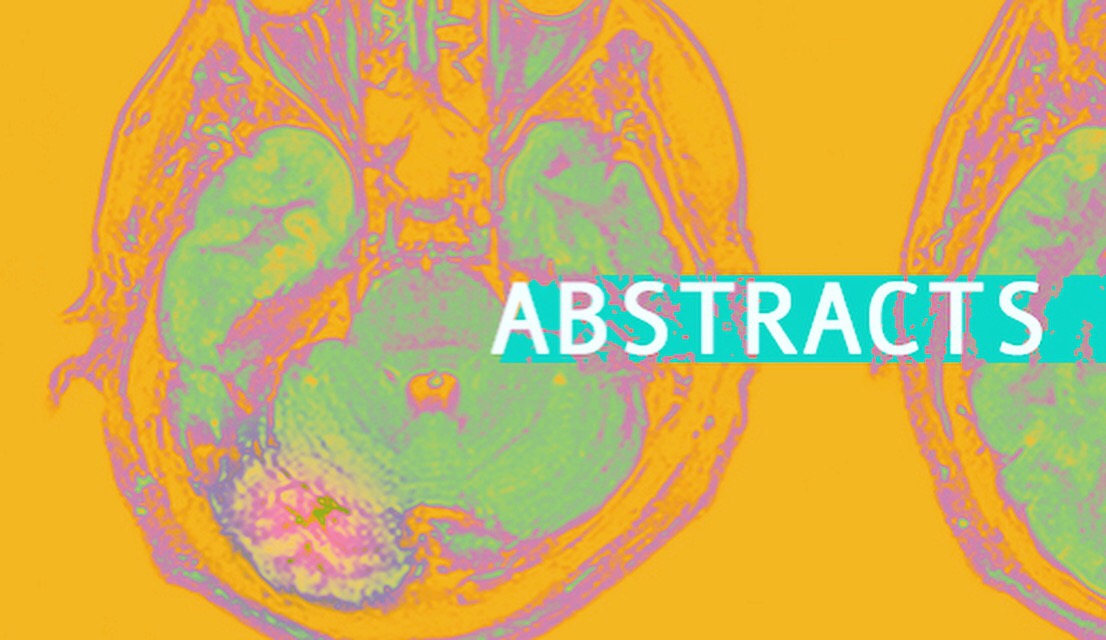Management of post-neurosurgical meningitis: narrative review.
Abstract
BACKGROUND:
Infections complicating neurosurgery pose unacceptable mortality and morbidity.
AIMS:
To summarize what is known about the epidemiology, diagnosis and treatment of post-neurosurgical meningitis (PNM).
SOURCES:
PubMed, references of identified studies and reviews, and personal experience when evidence was lacking.
CONTENT:
The incidence and pathogen distribution of PNM is highly variable. A shift towards Gram-negative bacteria has been observed with use of antibiotic prophylaxis and antibiotic-coated devices directed mainly against Gram-positive bacteria. However, knowledge of the local epidemiology is necessary to treat PNM. The diagnosis of PNM is difficult because, unlike community-acquired meningitis, symptoms are less specific; patients are ill at baseline and many neurosurgical conditions mimic meningitis and cause cerebrospinal fluid (CSF) abnormalities. Pivotal CSF findings for diagnosis of PNM are the CSF glucose, CSF lactate and Gram stain. CSF leucocyte counts are not specific in PNM. Current diagnostic capabilities leave a non-negligible category of patients with microbiologically negative, uncertain diagnosis of PNM. There is no high-quality evidence on several cardinal issues in PNM management, including the effectiveness of intraventricular or intrathecal (IV/IT) antibiotics, effectiveness of dual antibiotic therapy for multidrug-resistant Gram-negative bacteria; clinical benefit of routine therapeutic drug monitoring; and safest timing of shunt replacement. Some data point to a potential benefit of IV/IT antibiotic treatment, mainly for PNM caused by carbapenem-resistant Gram-negative bacteria. Carbapenem-colistin combination therapy is suggested for PNM caused by carbapenem-resistant Gram-negative bacteria with a carbapenem MIC ?8 mg/L.
IMPLICATIONS:
Guiding the optimal management of PNM will necessitate collaborative multicentre efforts and unique study designs.
Copyright © 2017 European Society of Clinical Microbiology and Infectious Diseases. Published by Elsevier Ltd. All rights reserved.
KEYWORDS:
Antimicrobial treatment; Coated ventricular catheters; Intrathecal antibiotics; Intraventricular antibiotics; Multidrug-resistant Gram-negative; Post-neurosurgical meningitis
- PMID:
- 28529027
- DOI:
- 10.1016/j.cmi.2017.05.013

